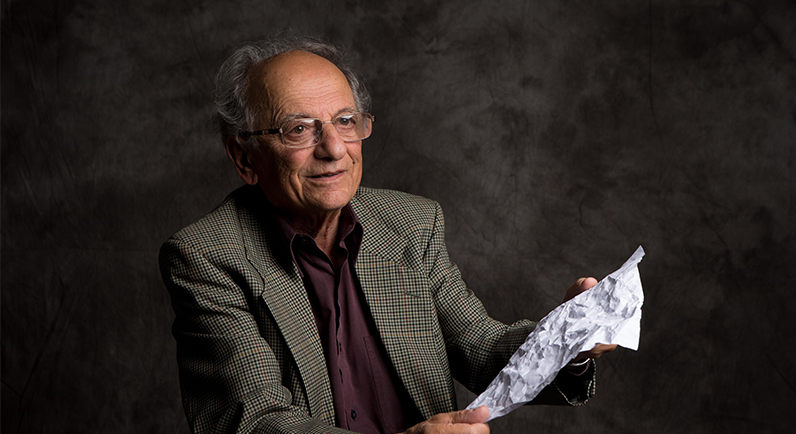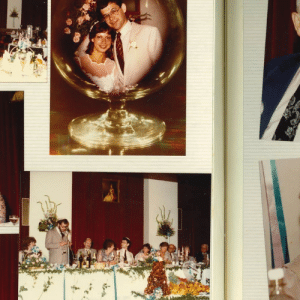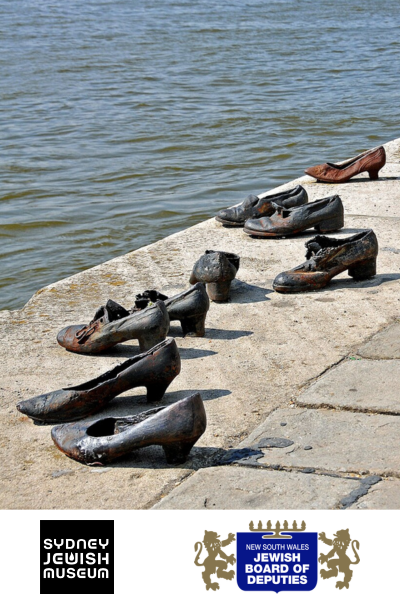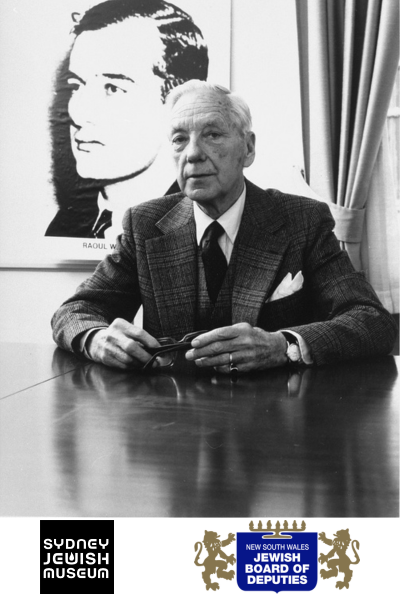Blog
November 1, 2018
Survivor Portraits – Gaby de Leon
This month we introduce Gaby de Leon. Gaby was born in 1927 in Belgrade, Yugoslavia.
In April 1941, Yugoslavia was invaded by Axis powers. They each established their own occupation zone with separate administration. Gaby and his family were caught in the German zone. Conditions were extremely hostile. Hearing the situation was more favourable for Jews in the Italian-occupied zone, Gaby’s father, a highly respected businessman and president of a Jewish humanitarian organisation, attempted to secure safe passage for the family. In the pursuit of safety, Gaby’s father went to Belgrade to fetch his sister, and was shot on his journey. After near fatal encounters with Croatian police, Gaby’s mother organised false papers in a Muslim name and they escaped to the Italian zone. Following interrogation, they were sent to Italy by boat. Eventually reunited with his two brothers, the four remained in Italy as internees until the Armistice in 1943.
No longer classified as interned prisoners, and provided with identity documents, Gaby’s family decided to travel as far south as possible. As their train arrived in Rome, so did a German convoy of tanks. With Allied troops at the city walls, the front stabilised and the family were trapped for 10 months. In order to avoid the exposure of the refugee community, Gaby clandestinely delivered food to addresses across the city. The Allies entered Rome in June 1944. Gaby’s brothers joined the Yugoslav Army, whilst he and his mother remained in Italy until the war ended.
After the war, Gaby and his mother returned to Belgrade – to a city destroyed and a Jewish population decimated. The country embraced the task of its own reconstruction and development, and it was in the atmosphere that Gaby finished his schooling and met his wife, Ana.
In this photograph, Gaby holds a scrunched piece of paper, a visual tool he uses when talking to student groups to demonstrate the indelible scars left by history.

To read more from our Survivor Portraits blog series, click here.
To explore the personal stories and anecdotes of Holocaust survivors, click here for our first online exhibition.
Photograph by Katherine Griffiths.






What’s On Newsletter
Keep up to date on all Museum events and exhibitions.